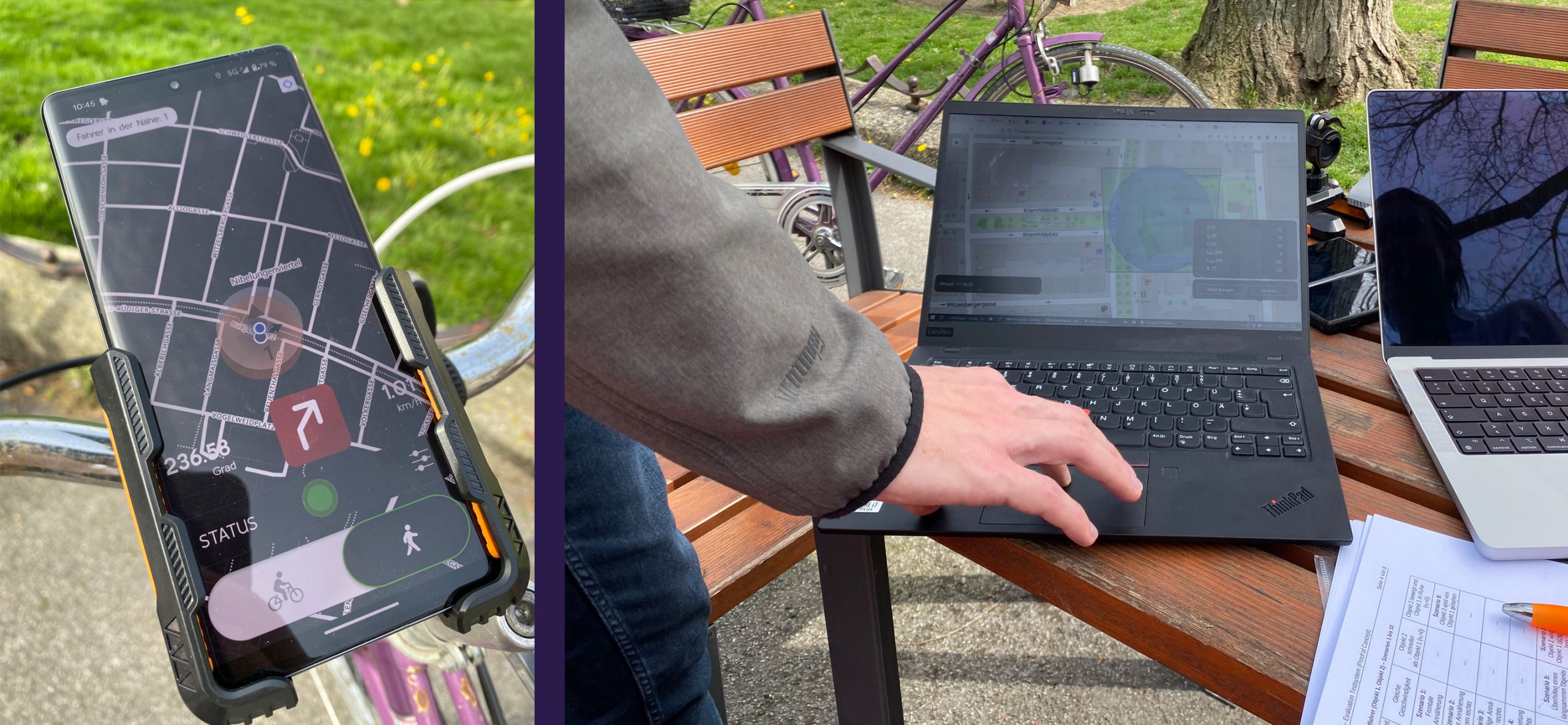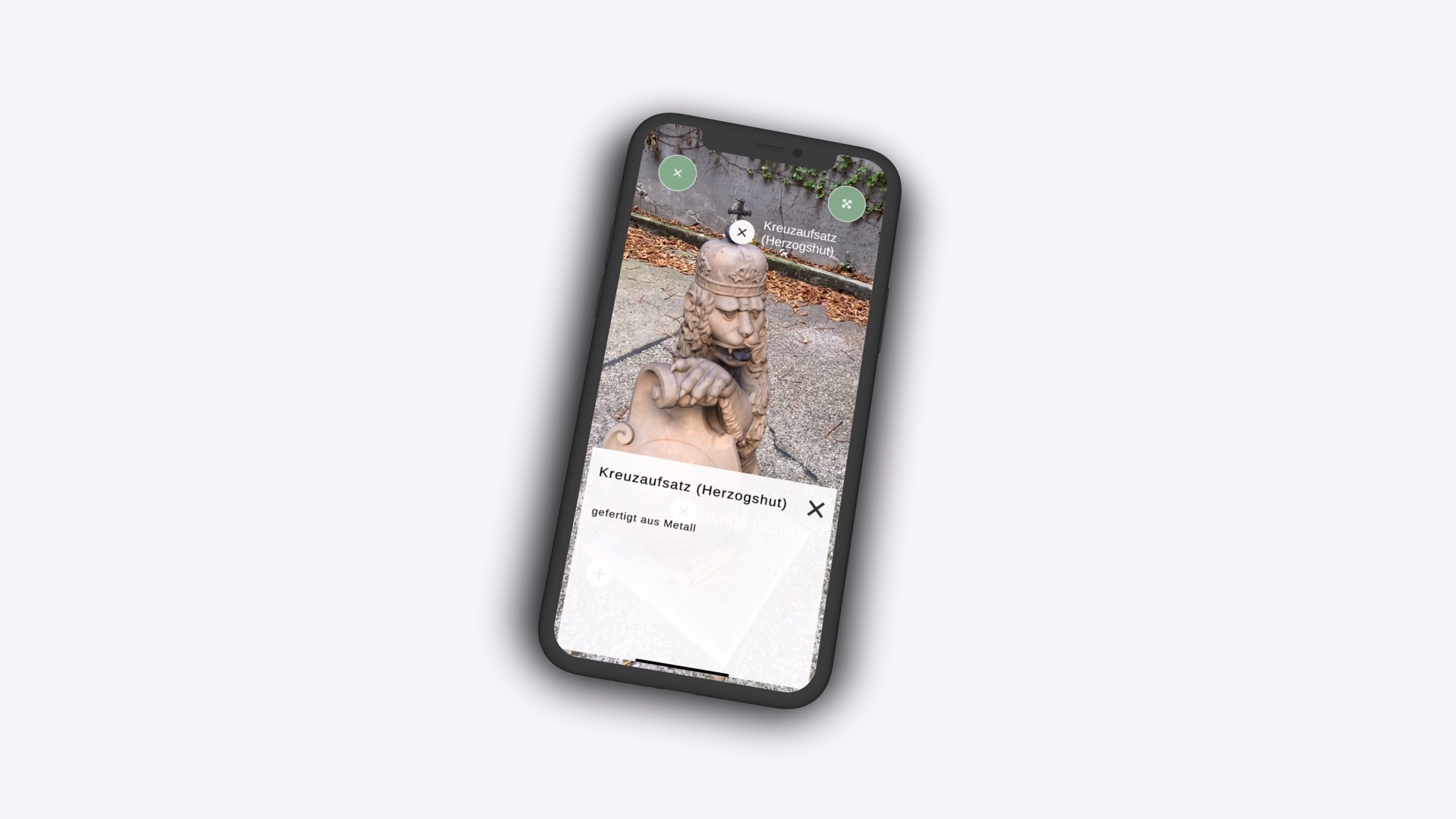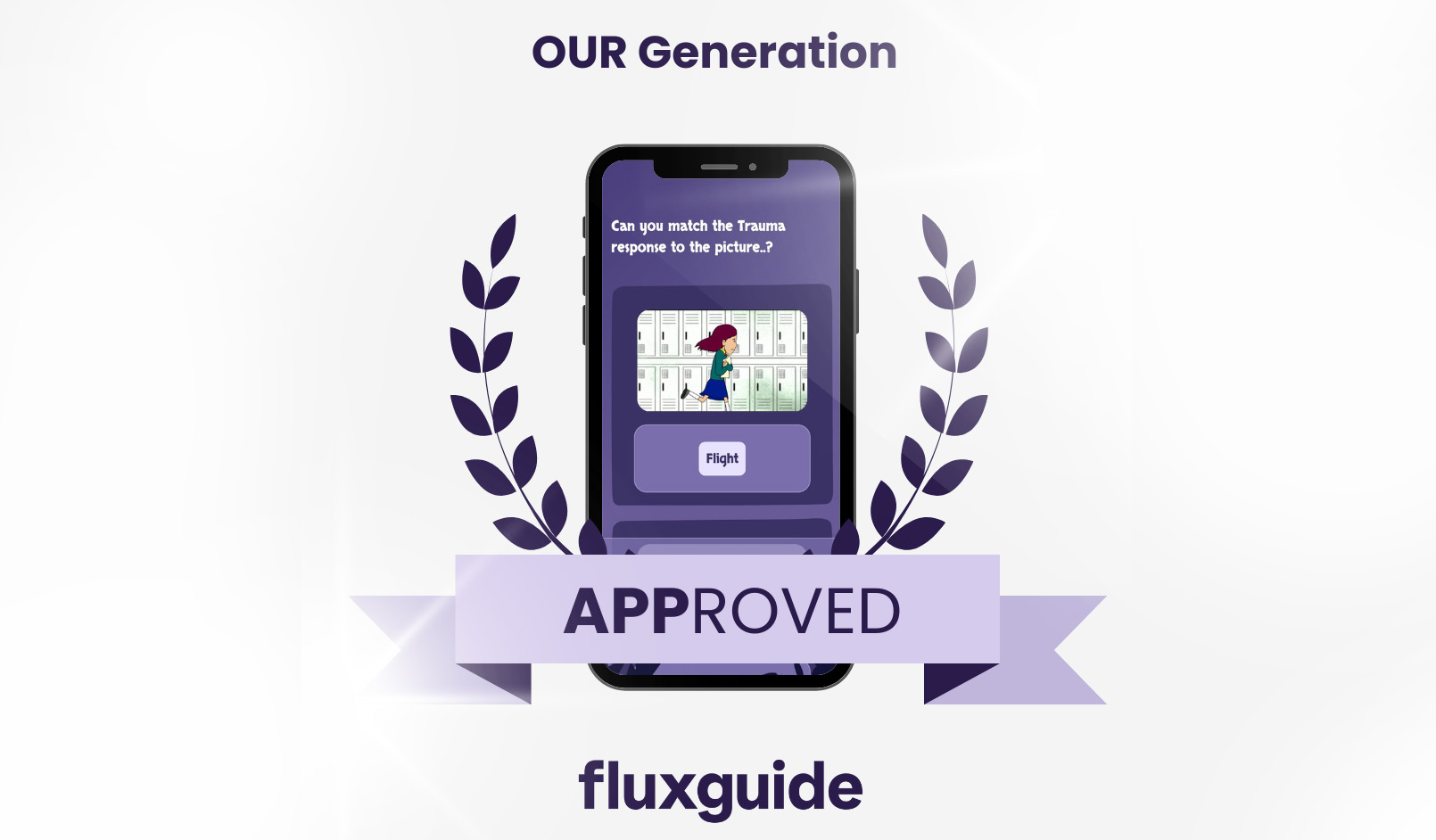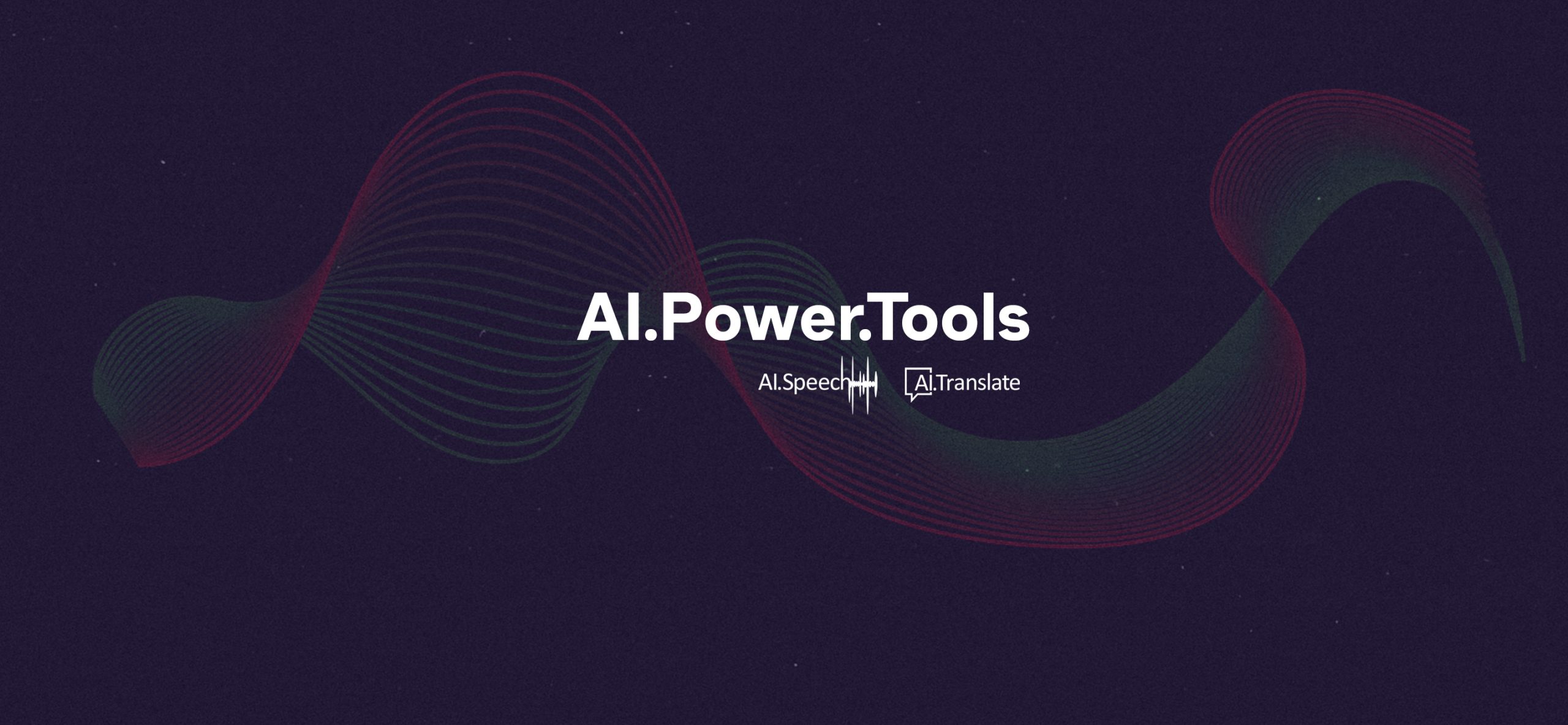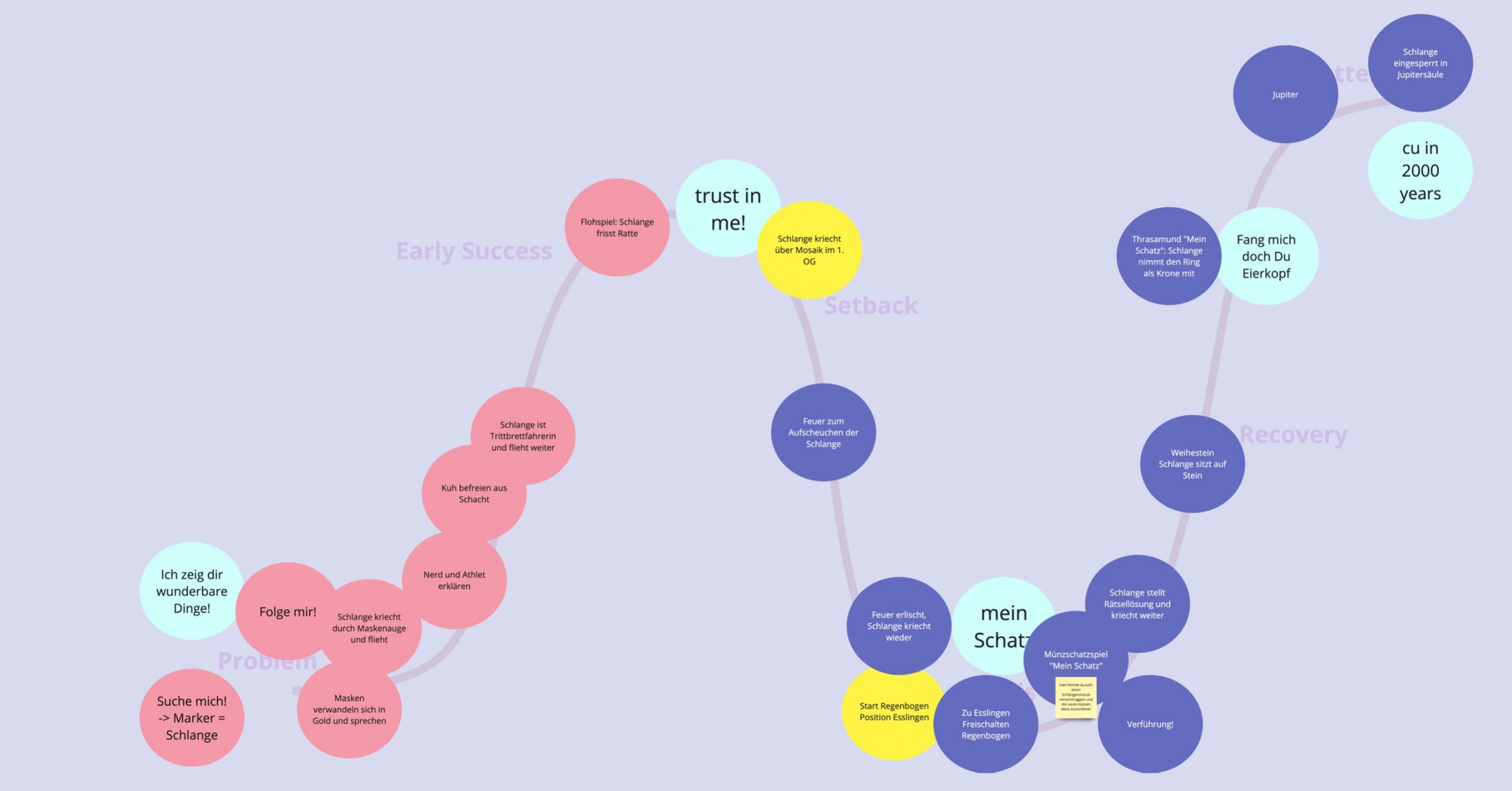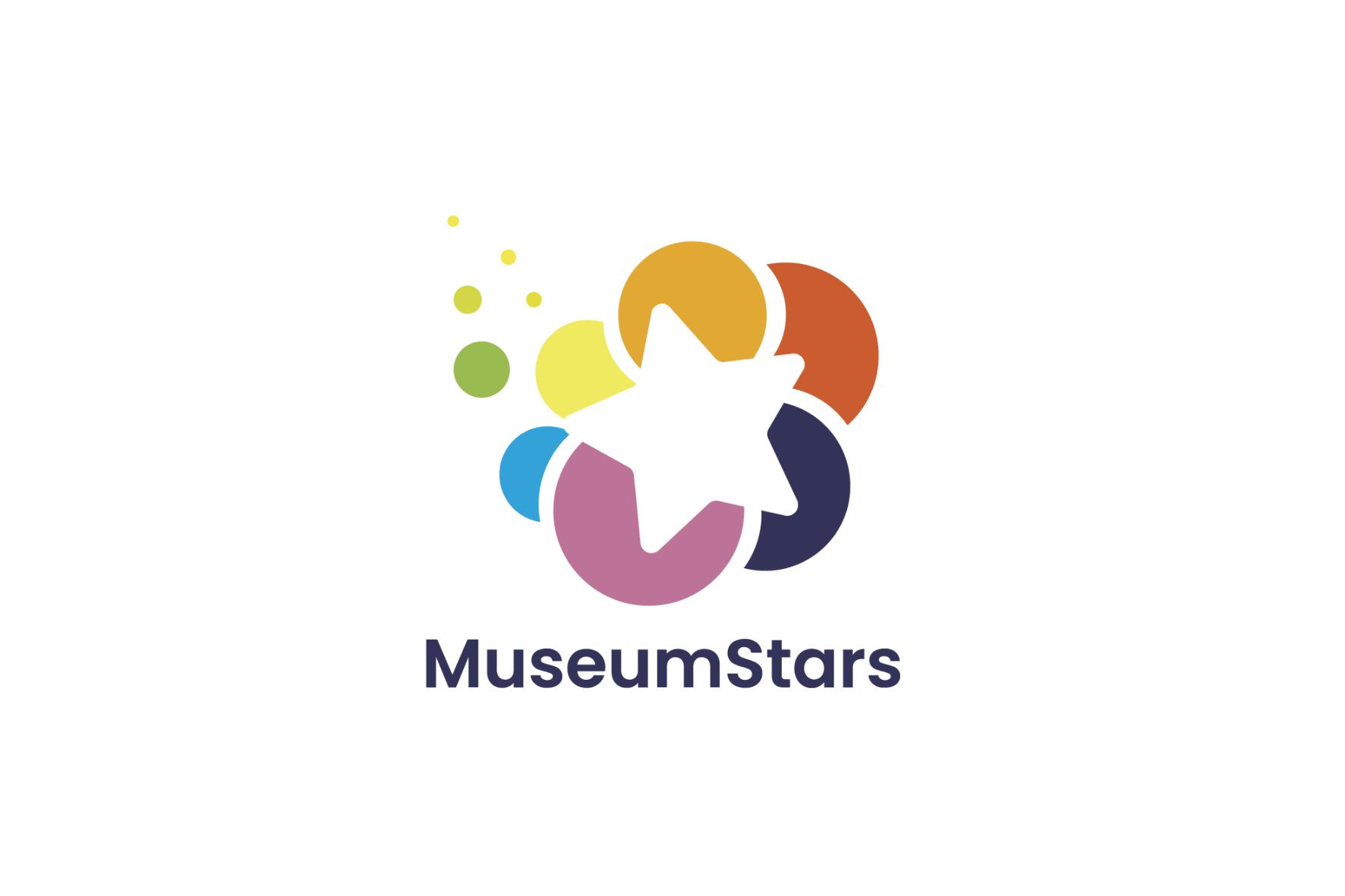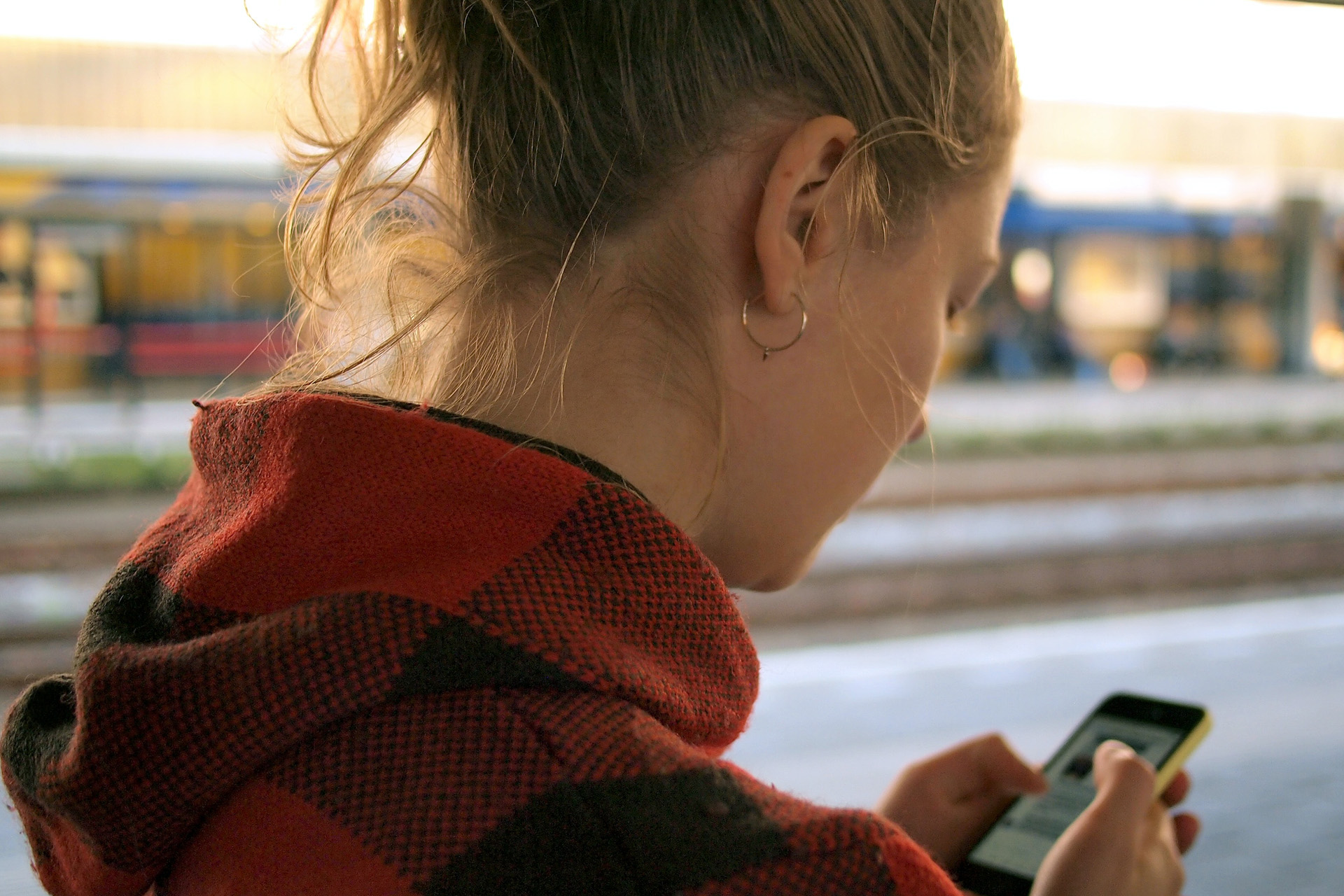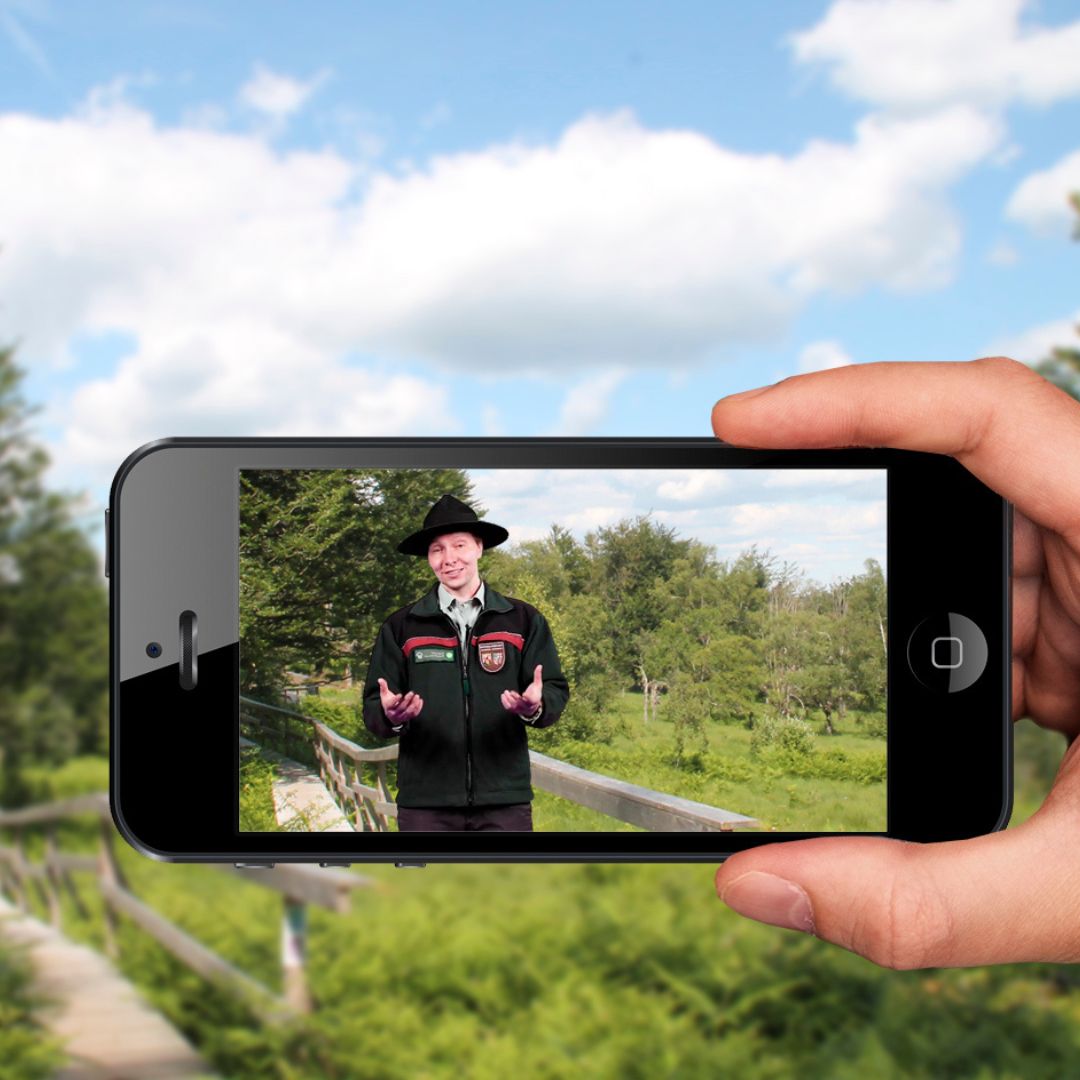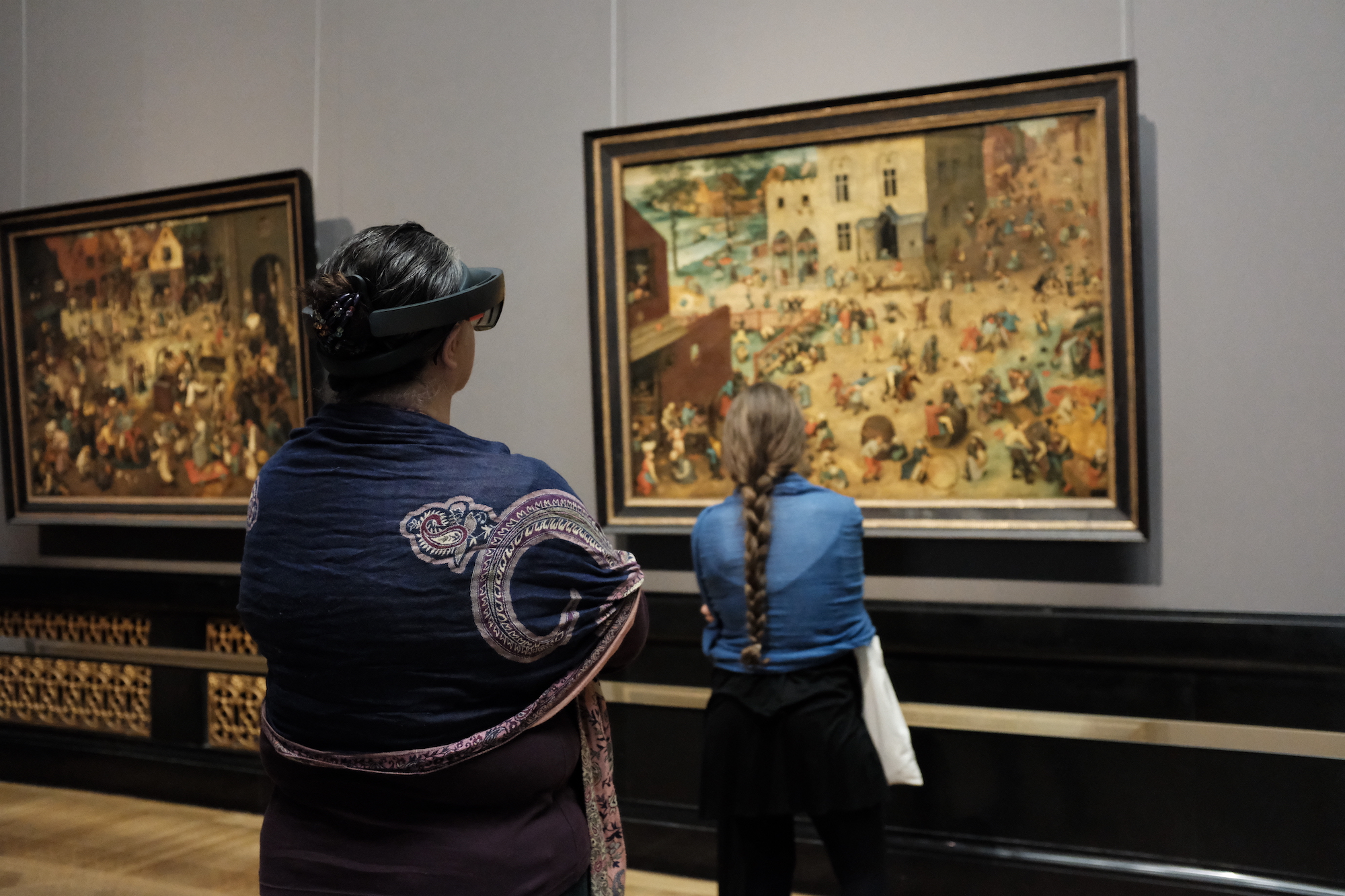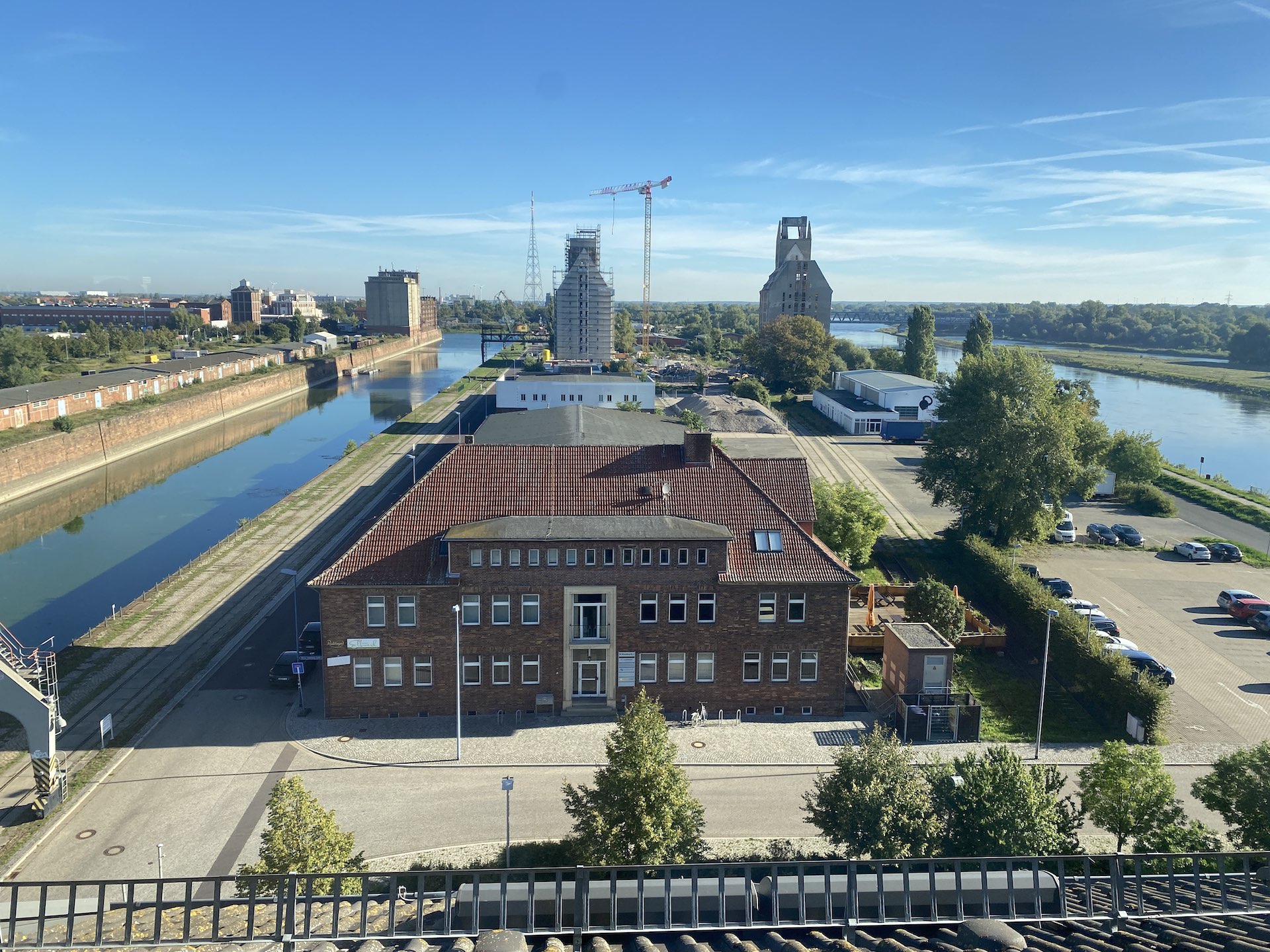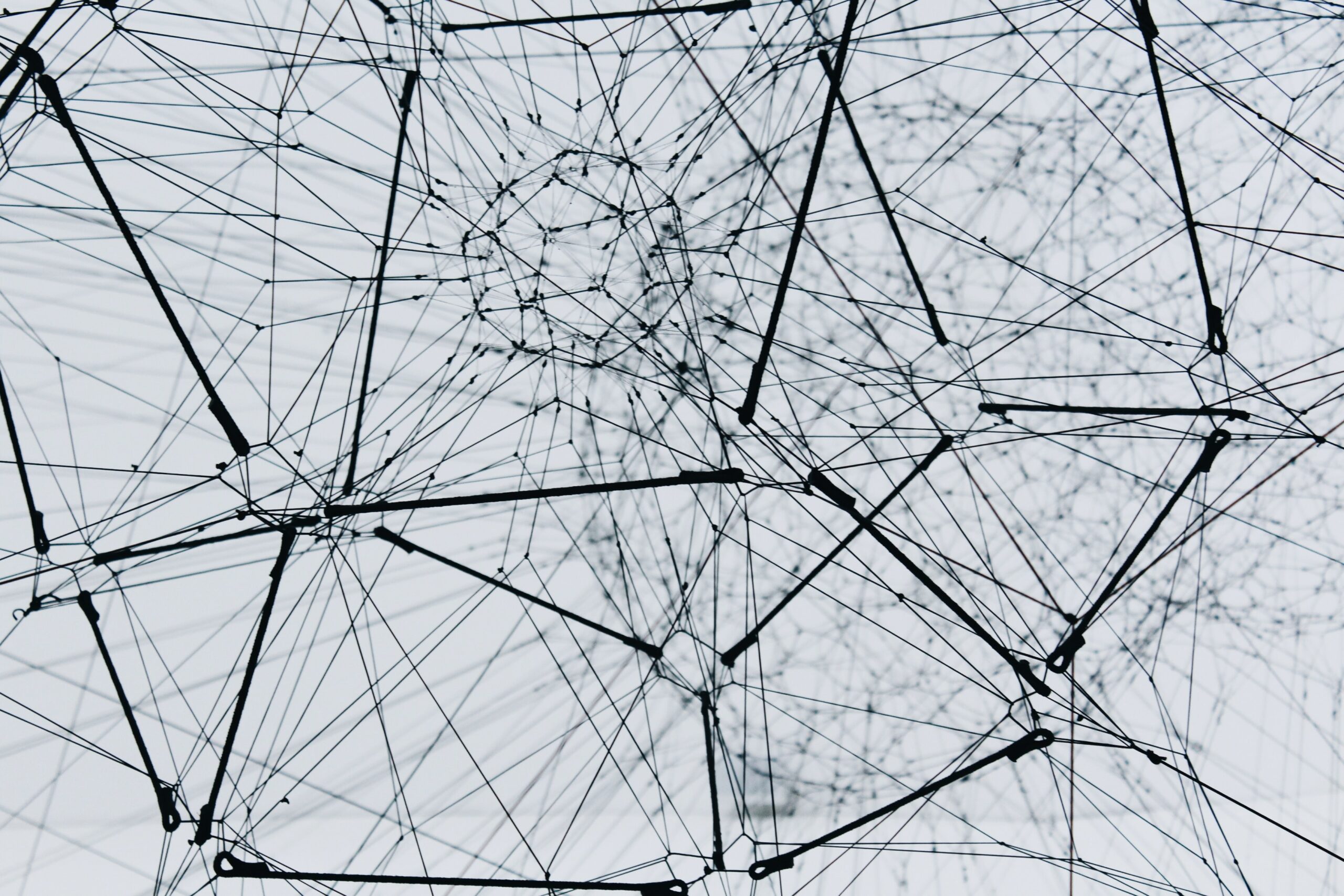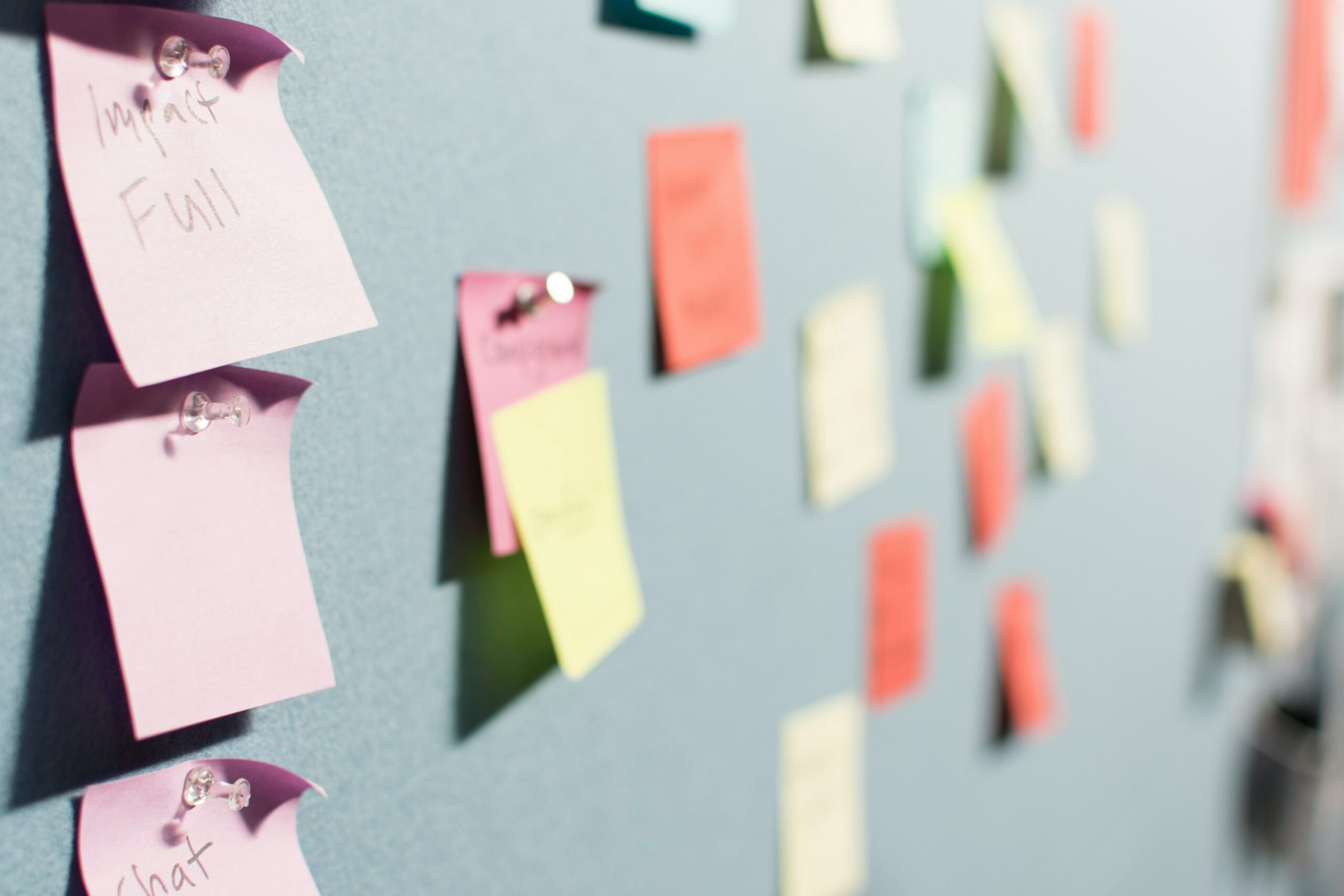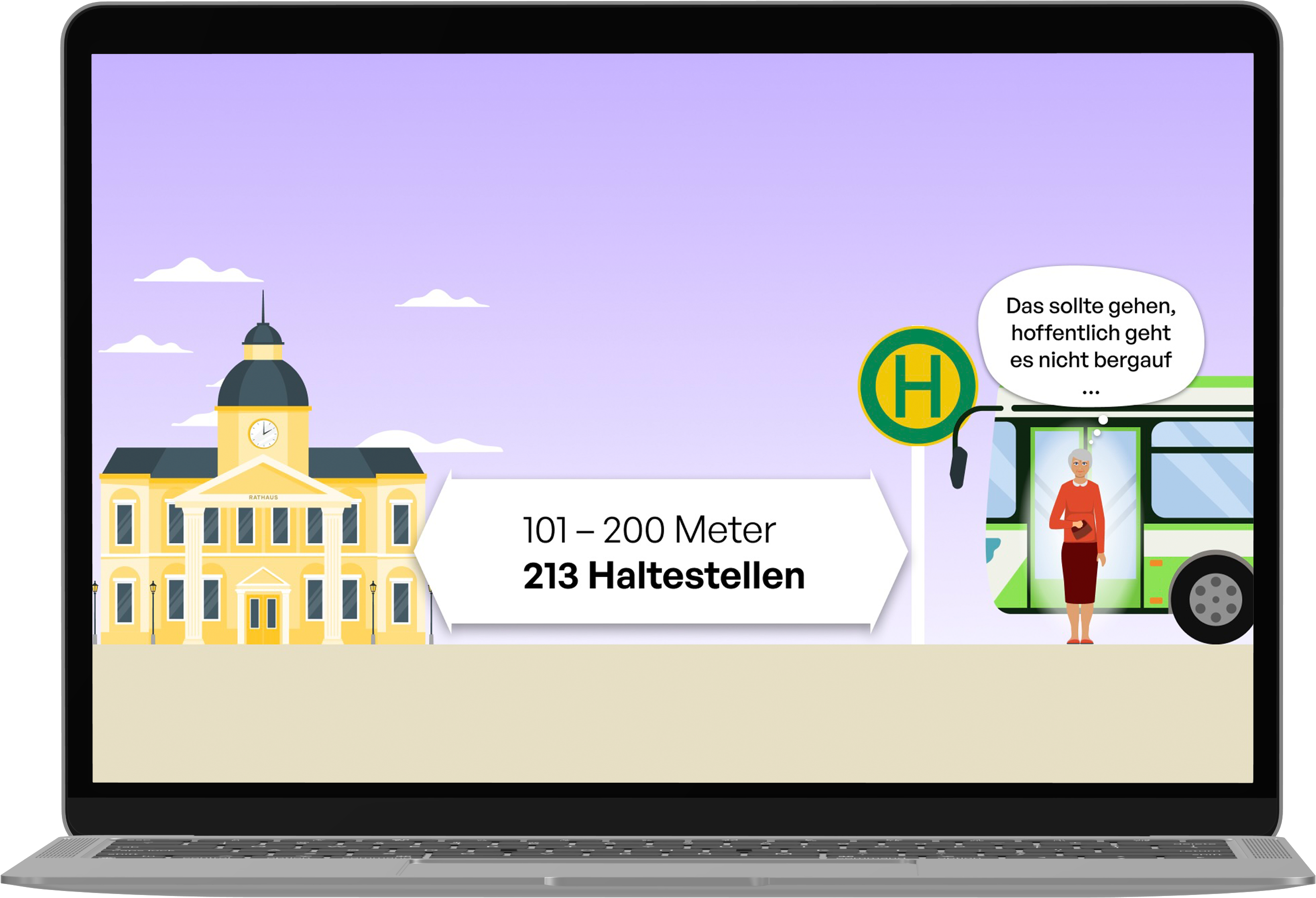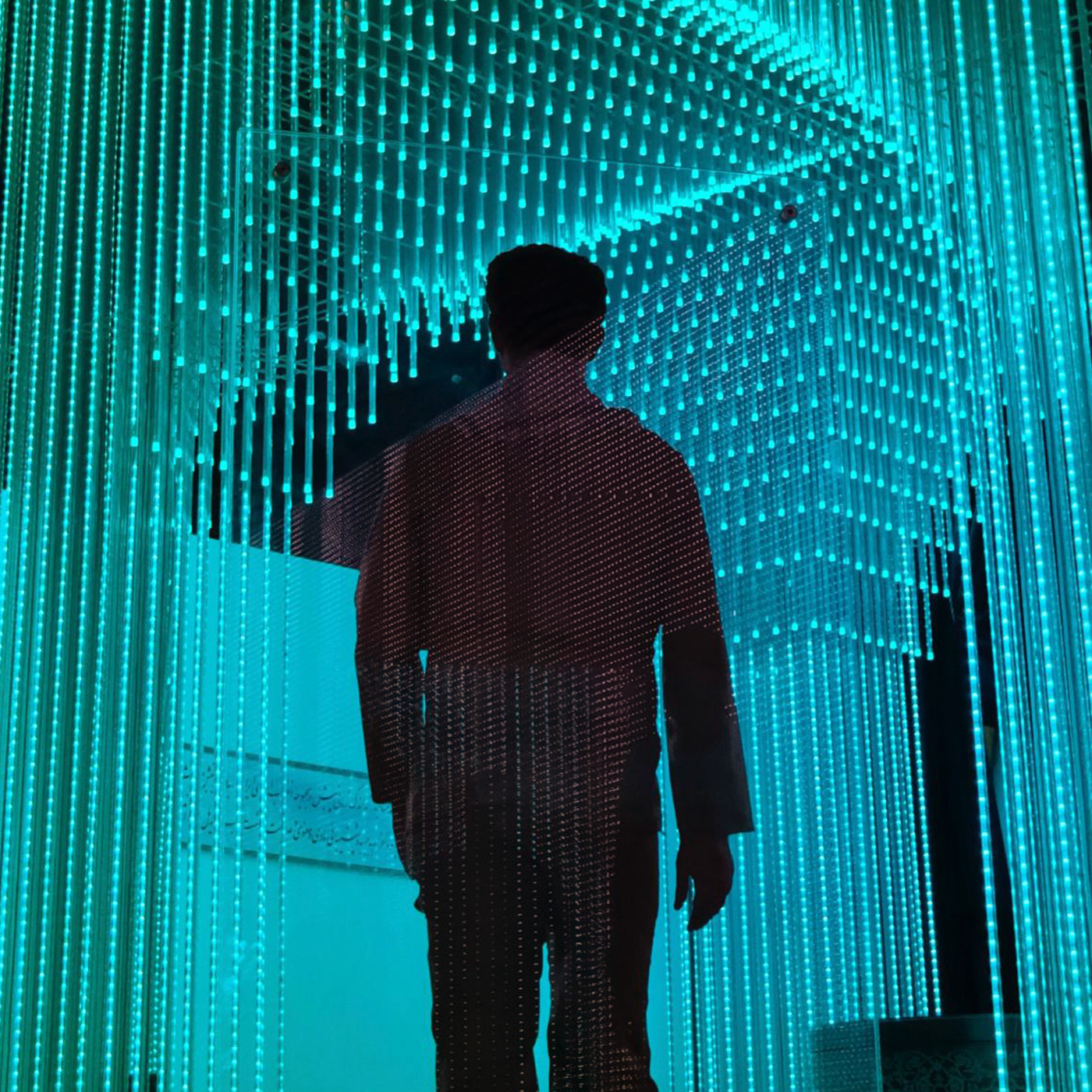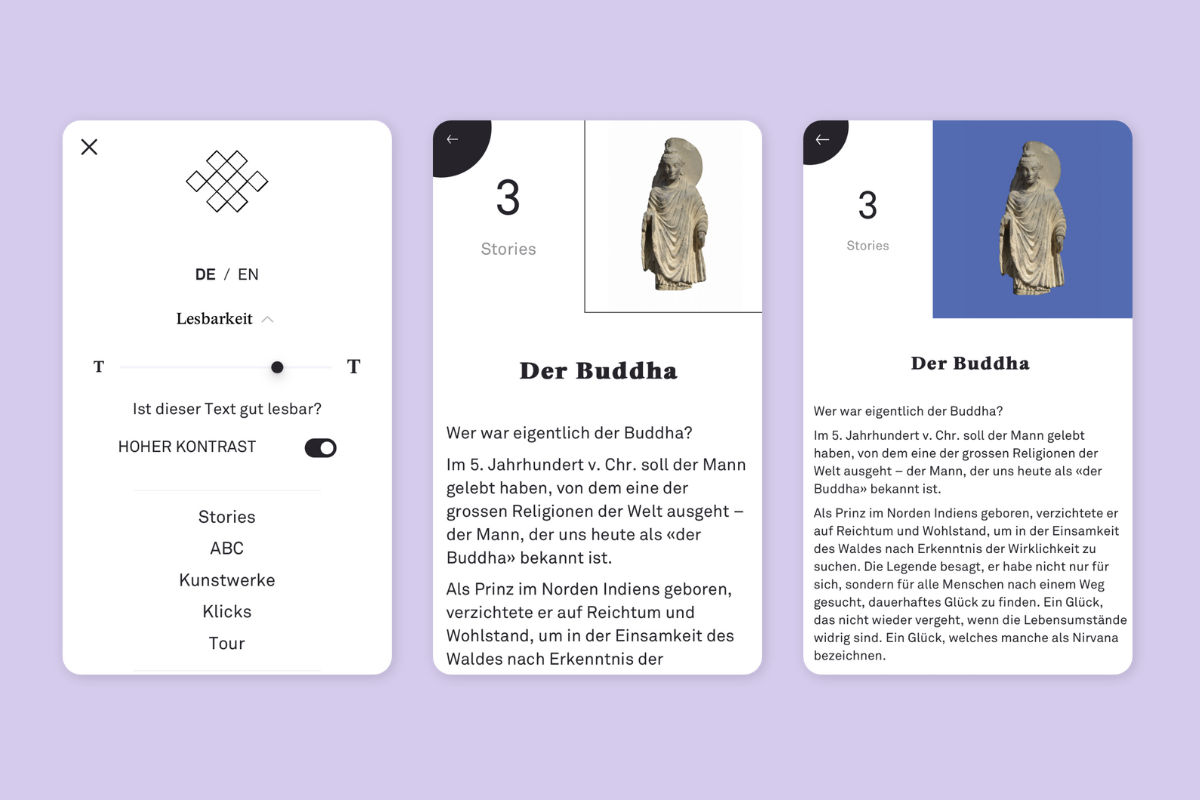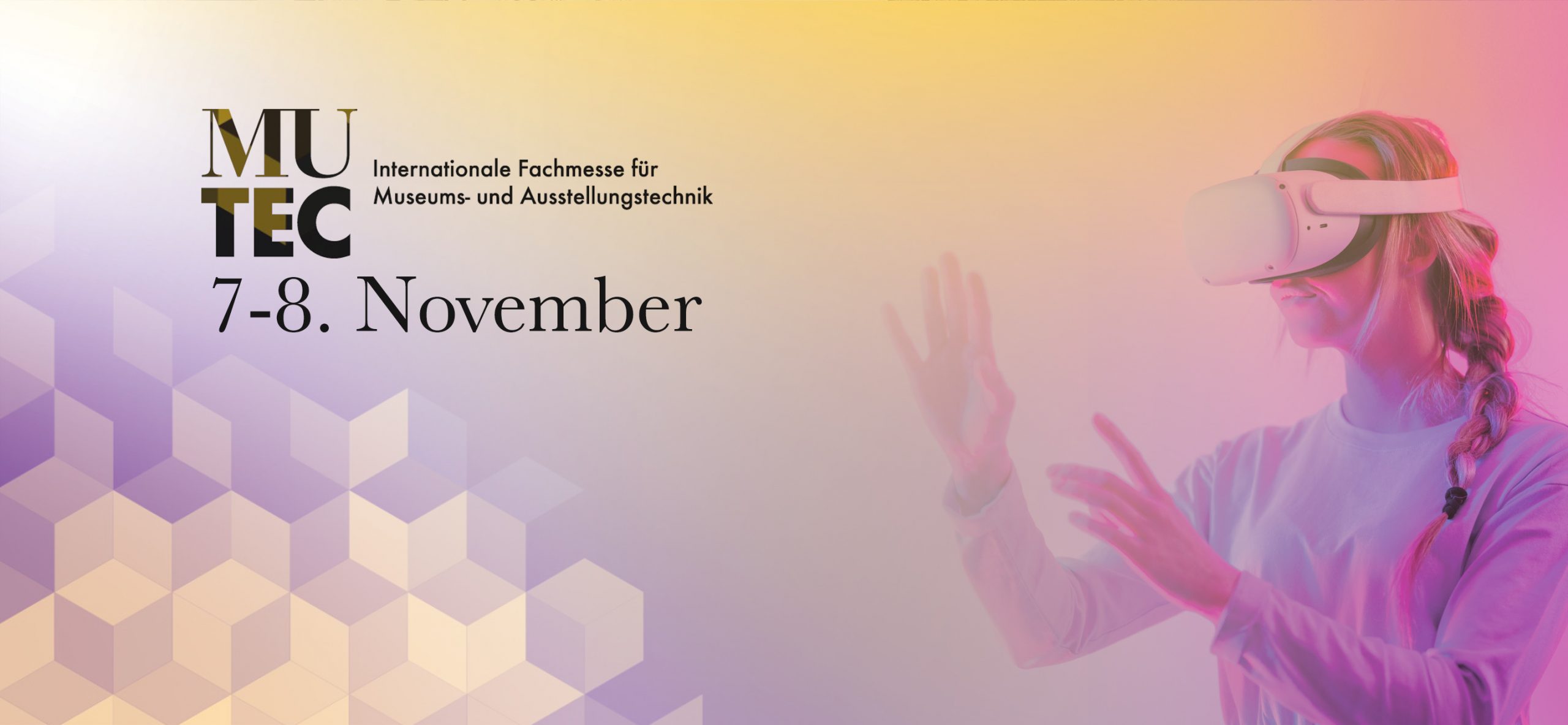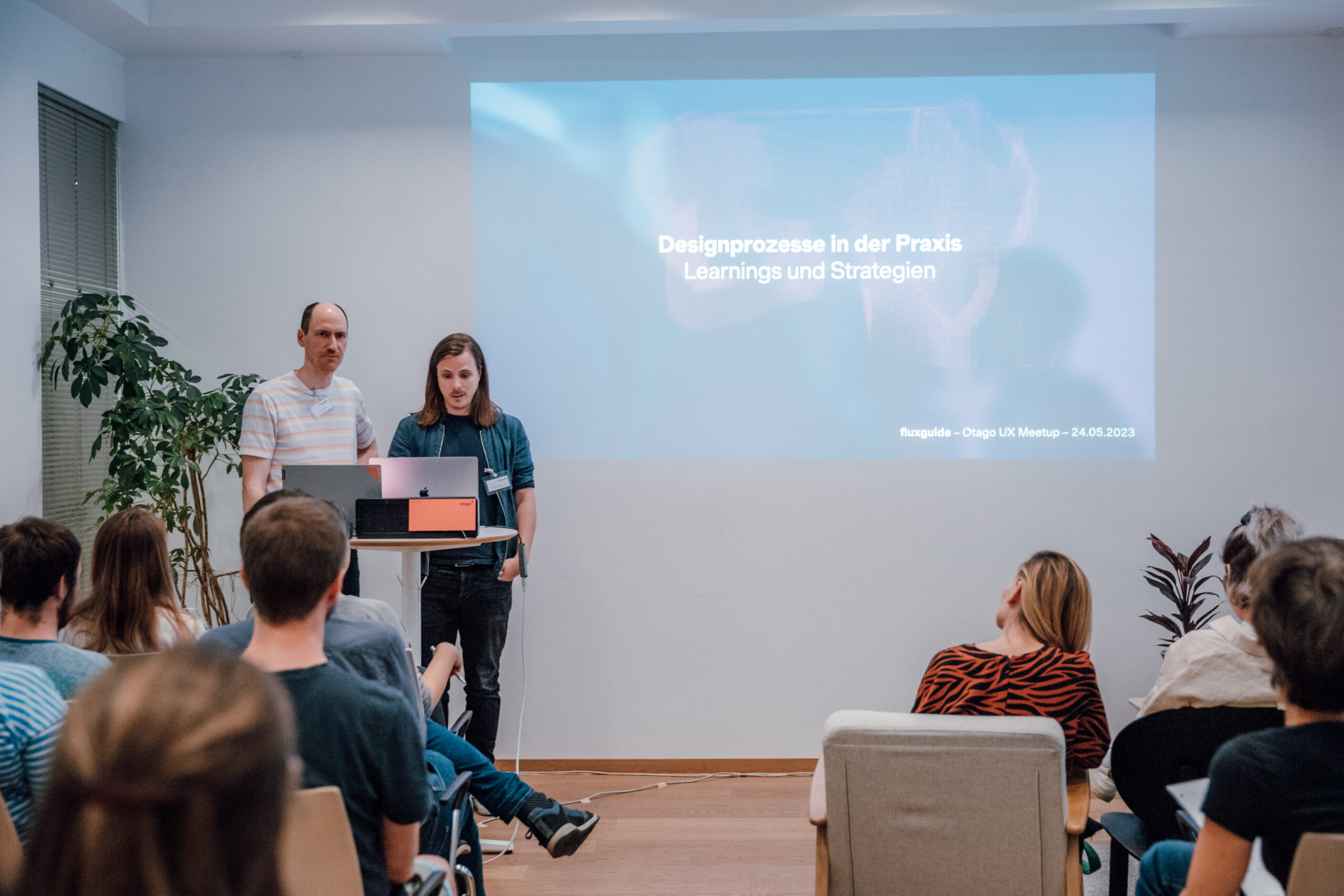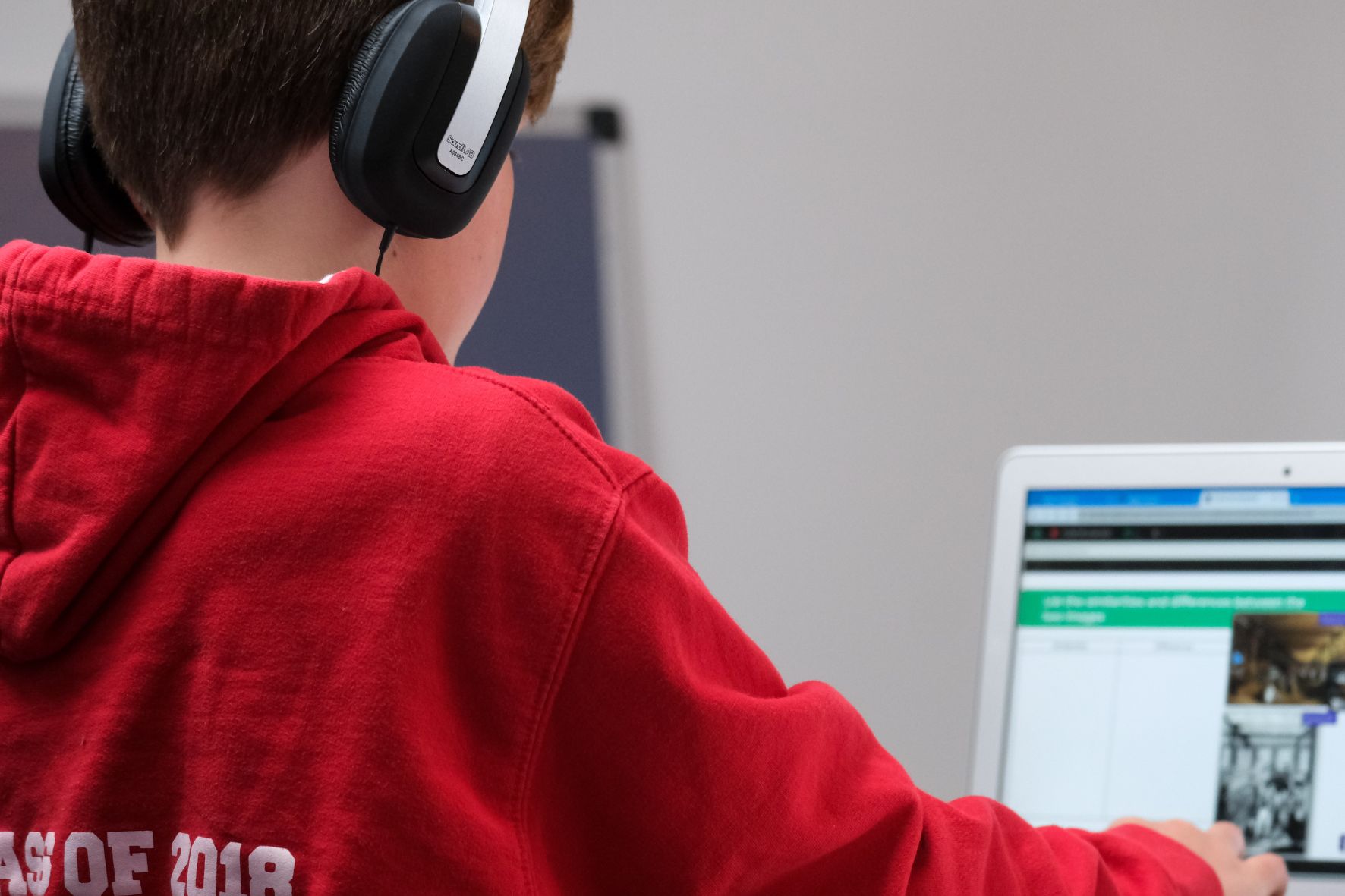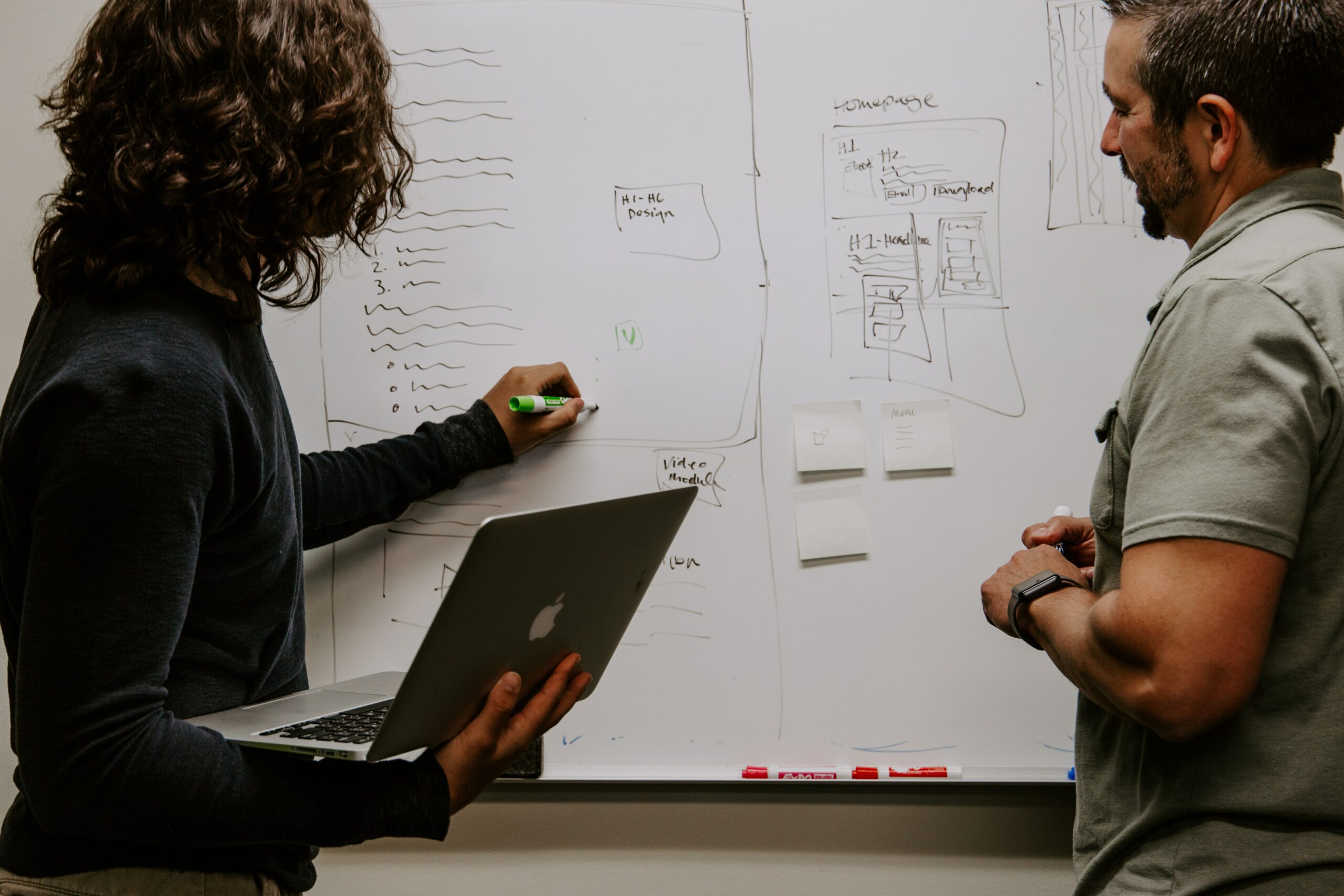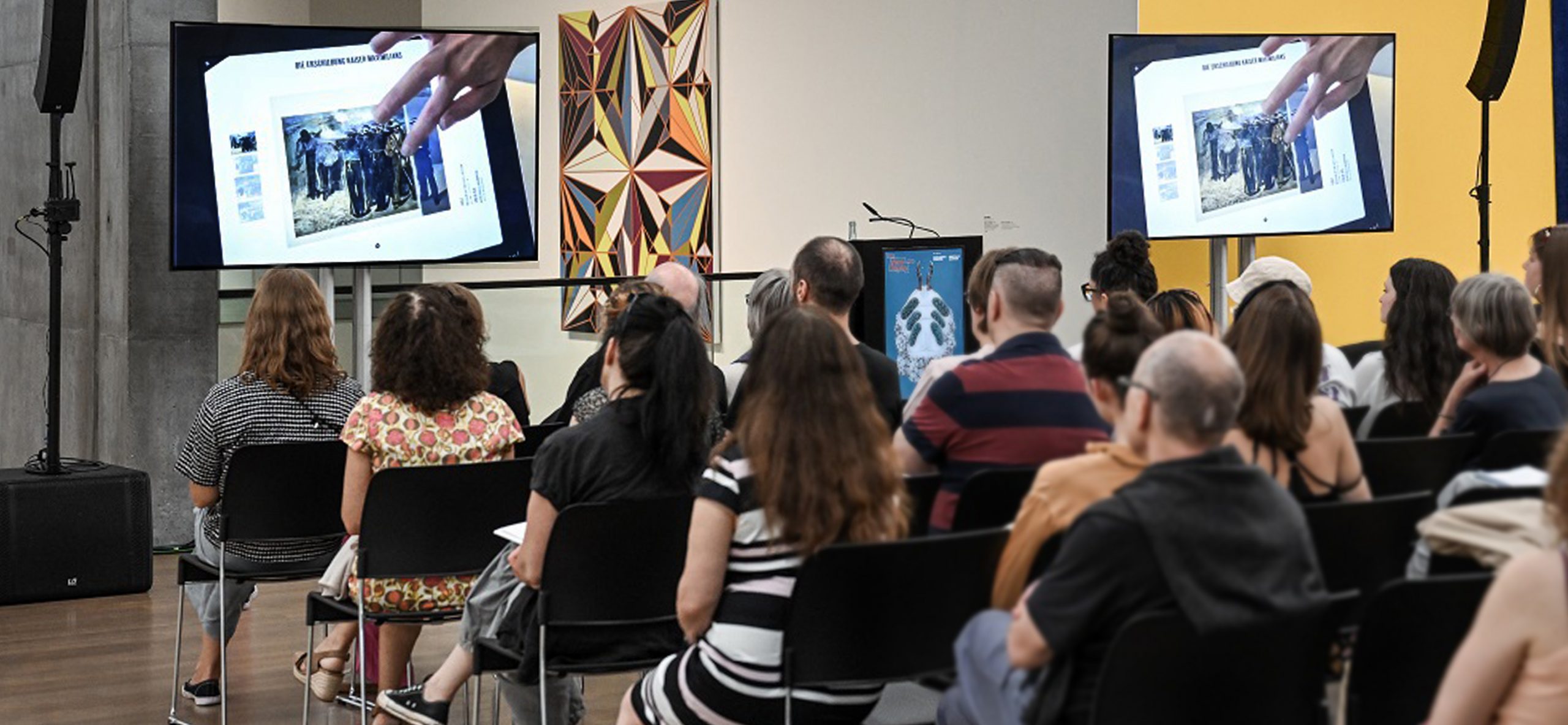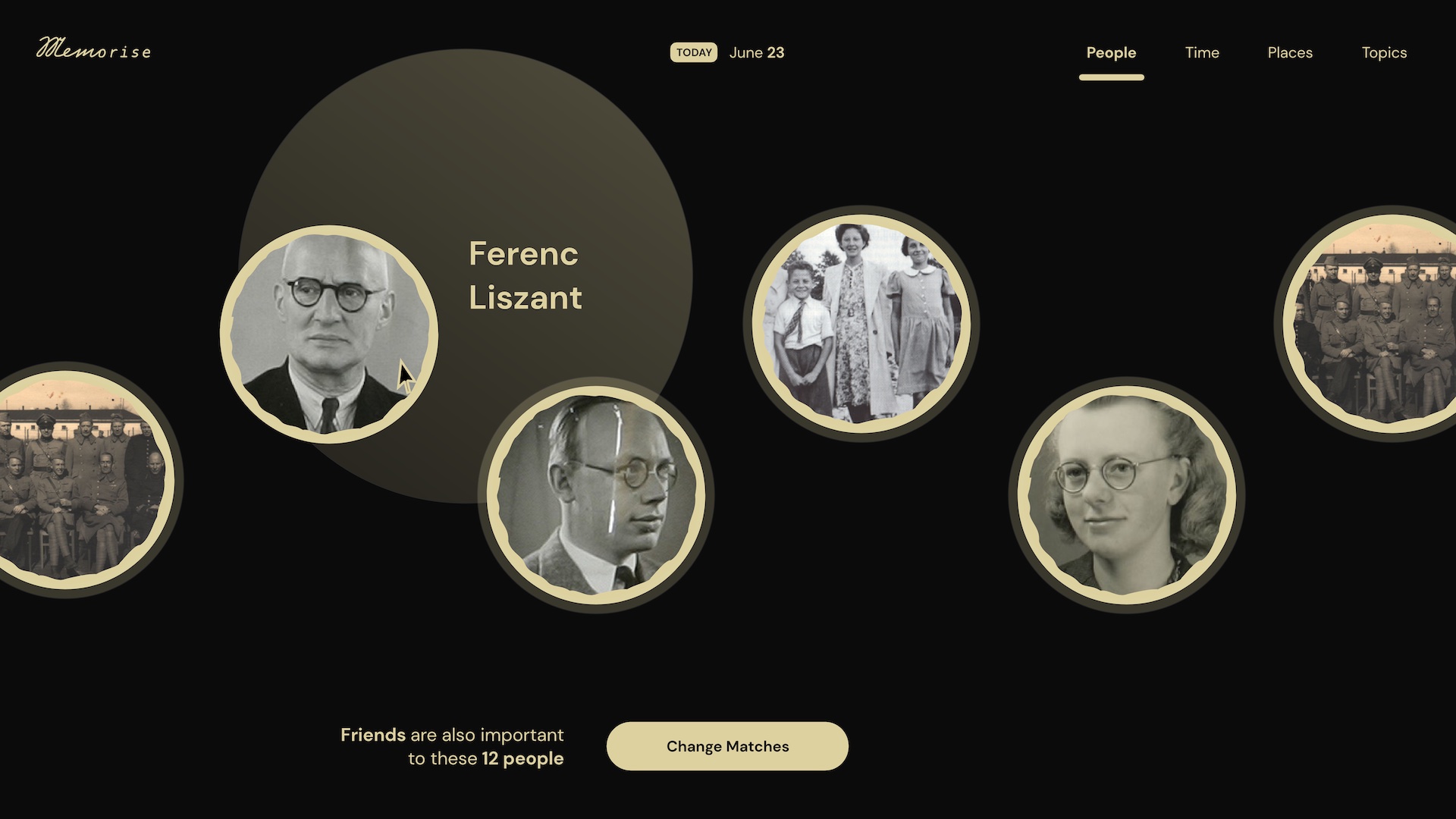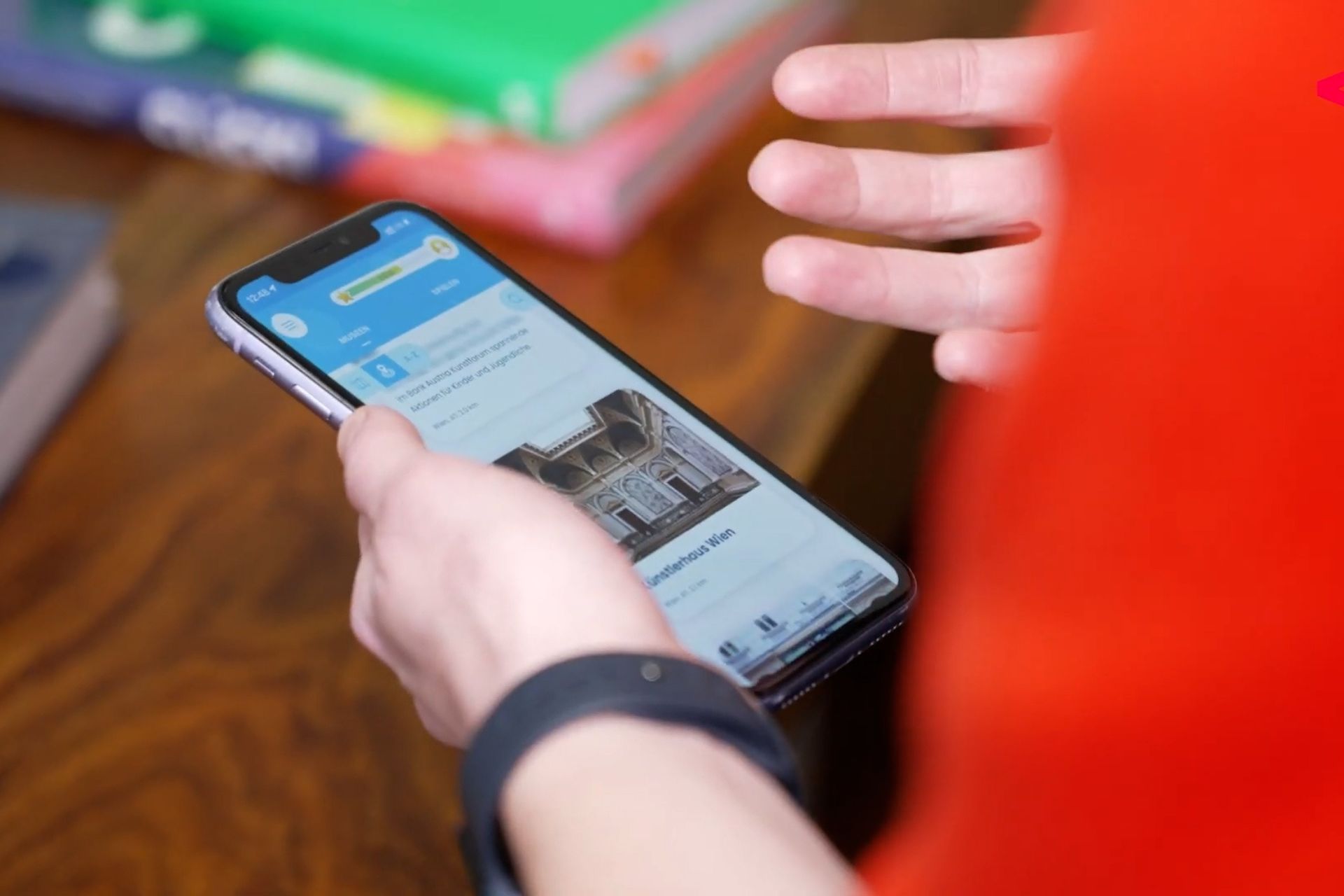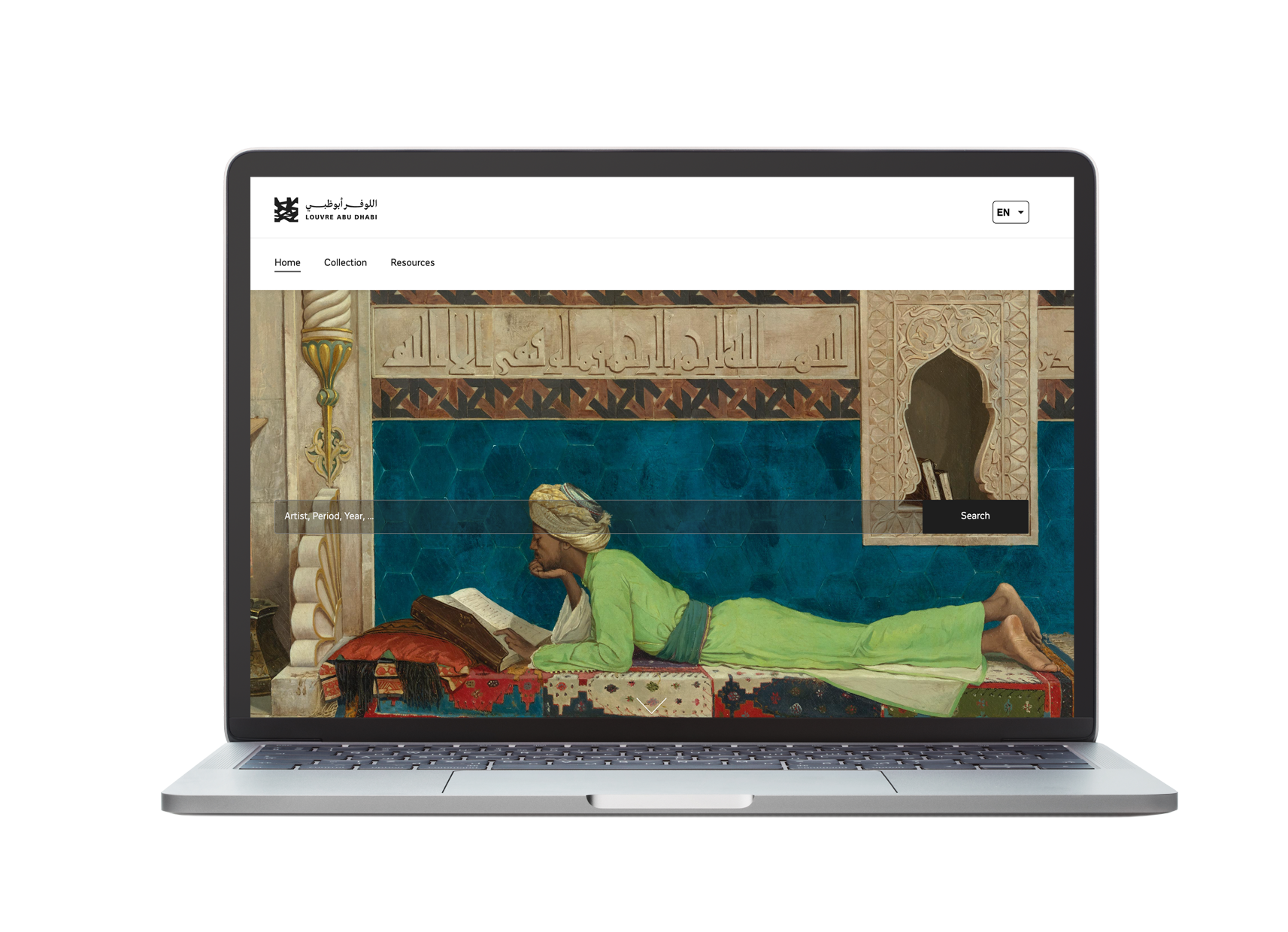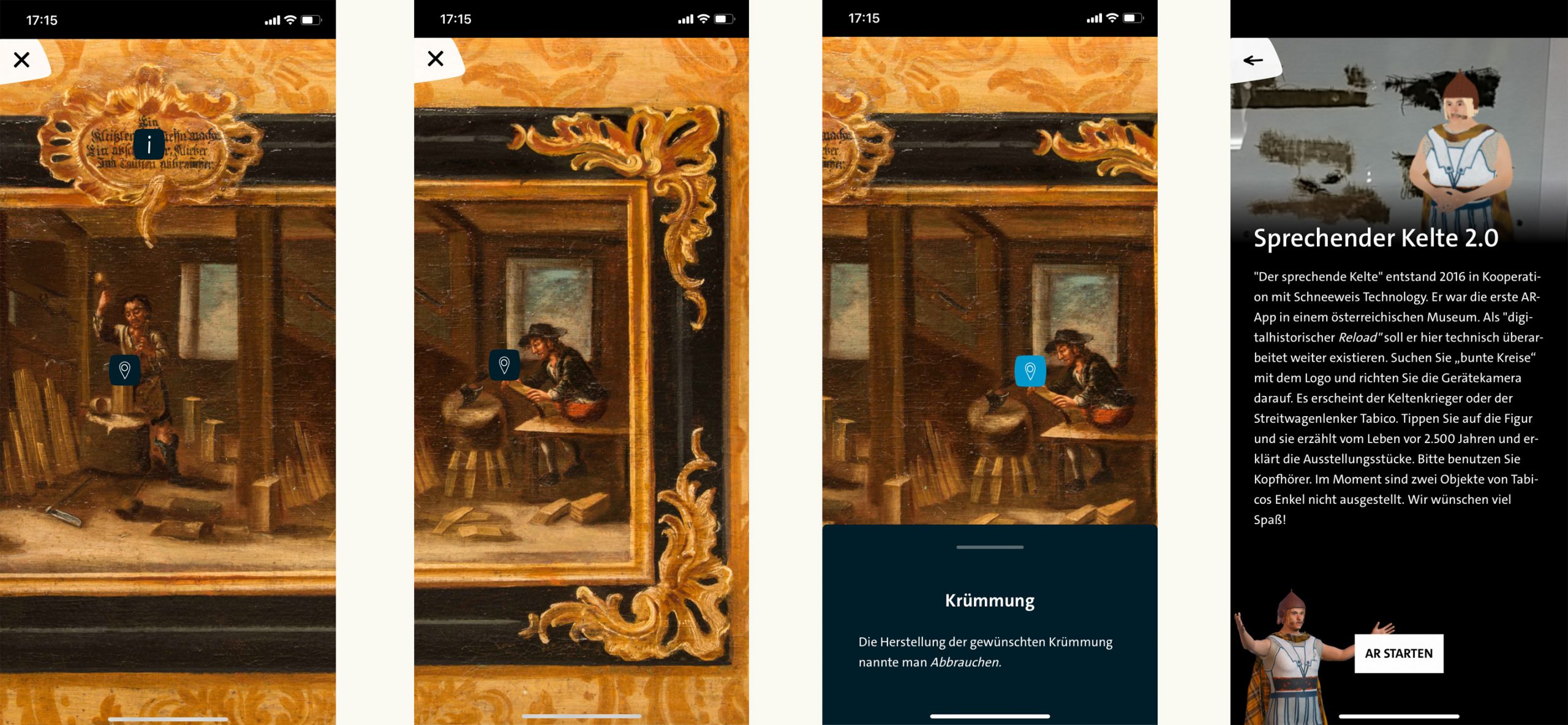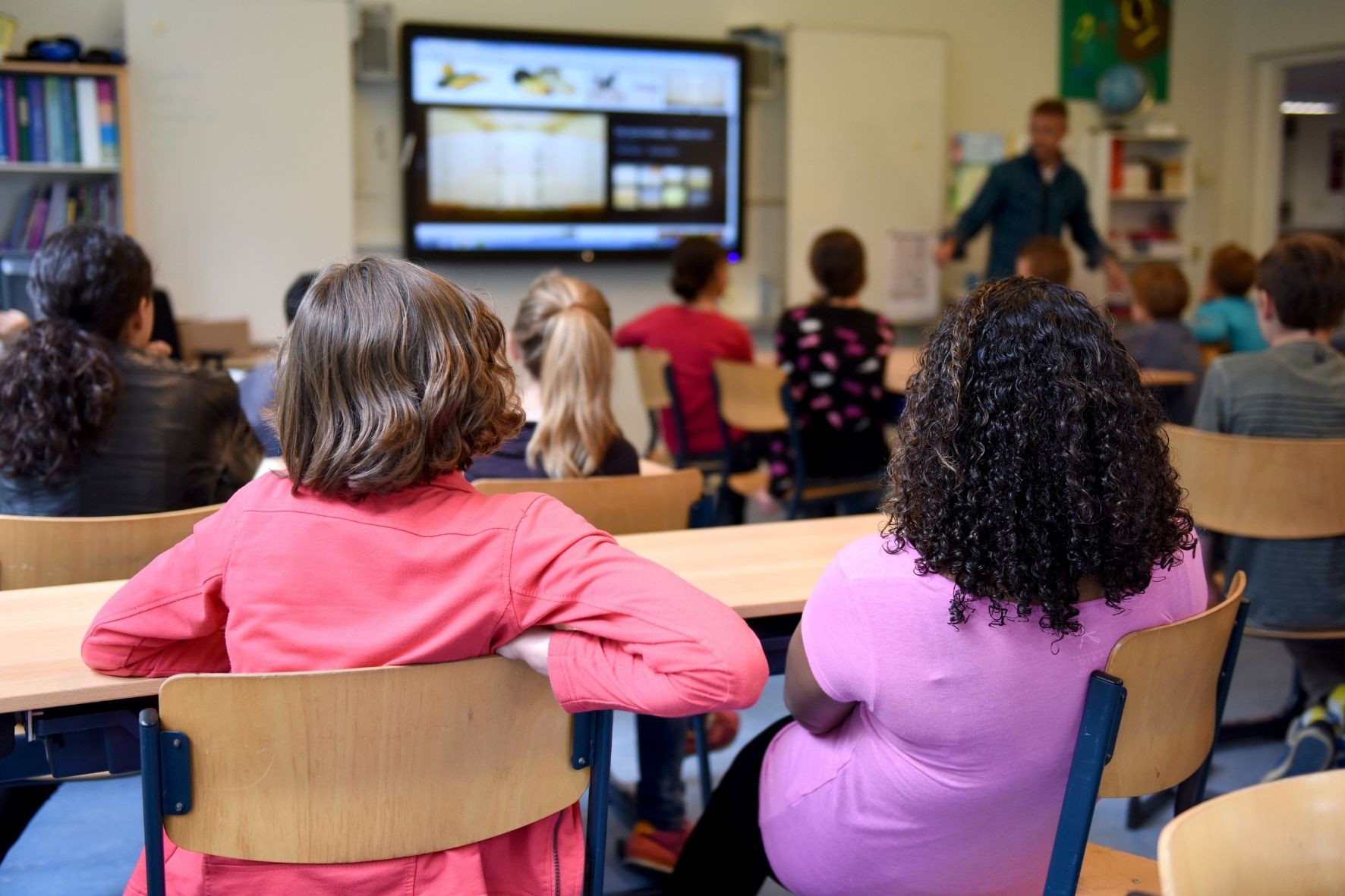Digital experiences for museums and cities
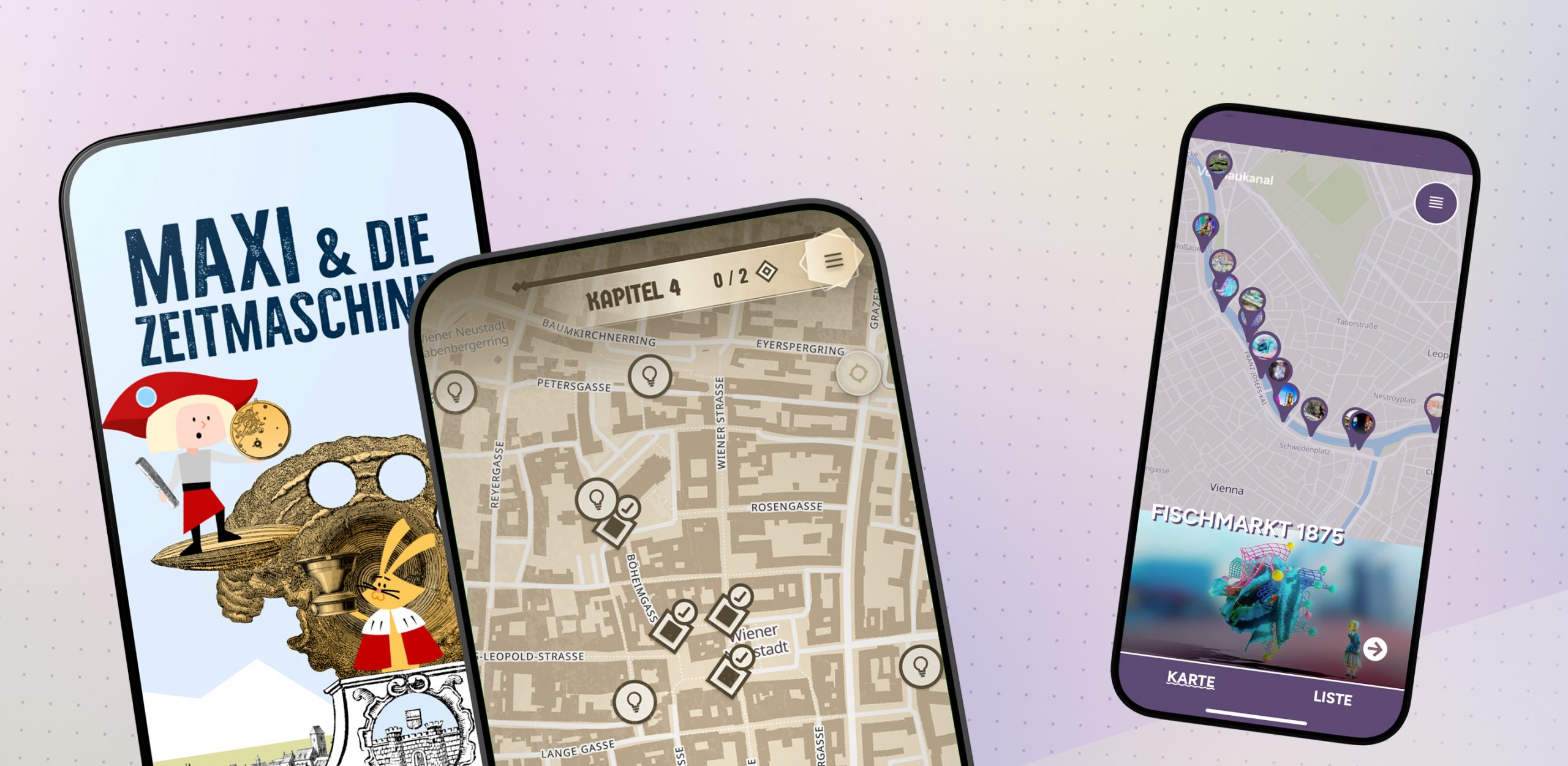
Museums are increasingly leaving their context-free white walls and moving to where life takes place – in the centre of the city. Based on three projects, we show how digital technologies accompany and enrich this step.
1. Open-air gallery for contemporary art in the centre of Vienna
When the city itself becomes an exhibition space, there is no longer any need for a museum. With Vdonaukanal Vienna’s public space became a digital museum in spring 2024: virtual works of art by contemporary artists can be discovered along the Danube Canal via an app – embedded in the real backdrop of the city. The app combines GPS-based map navigation with augmented reality artworks that can be visited along Vienna’s Danube Canal and turns the urban environment into an extended exhibition space. Download the app here.

2. Interactive city adventure for young and old
How do you tell the history of a city apart from a conventional city museum? Ideally in a modern and child- and family-friendly way? It’s simple: send a time traveller on a journey.
With the „Maxi and the Time Machine“ app, young users (and their parents) can discover the history of Wiener Neustadt in an entertaining way. Maxi guides you through various stations in the city, tells anecdotes, asks questions and invites you to join in. Whether old city walls, historical personalities or exciting stories from the past – here, knowledge transfer becomes a playful city experience. The app, which we developed together with the Museum St. Peter an der Sperr and the publishing house ASAGAN, shows how storytelling, gamification and technology can merge into a widely accessible educational programme – without the need for a museum ticket. Download the app here.
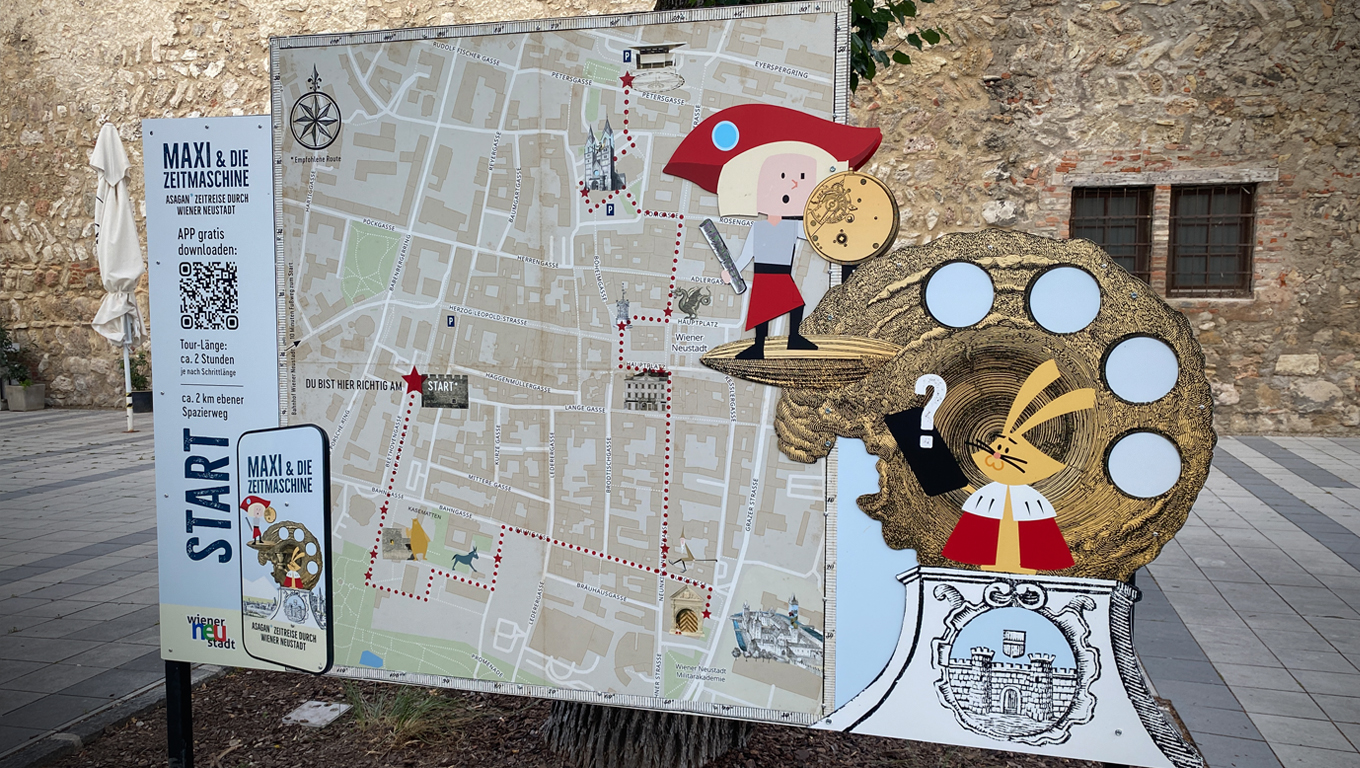
3. Dynamically generated audio tours in urban areas
Together with the agency extraplan in Vienna, we are currently developing an app that creates dynamic audio city tours. Instead of prefabricated, rigid content on fixed routes, users are provided with customised stories that are based on speed and movement. The AI does not rely on chance, but on quality: all content is checked and guarantees well-founded stories instead of generated randomness and hallucination. Whether city, museum or nature park – the walks generated by mëander transform every location into a lively, auditory experience. Find out more on the here.
Digital experiences are relevant for cities and museums
Whether experimental cultural experiences with AR or reaching a larger target group – between historic facades, modern architecture and lively squares, there is potential that can be tapped into thanks to digital technologies. Digital offerings bring museum content out into the cityscape and make it possible to experience art and culture at a low threshold, opening up new ways of communicating to museums and cities. This offers special opportunities for city museums: they can rethink their immediate surroundings as an exhibition space. In this way, they not only remain relevant, but also actively shape the cultural future in public spaces. We would be happy to advise you on the possibilities of digital cultural mediation without obligation. Write to us at: office@fluxguide.com
Related posts
